Title Text

Technological Time Travel:
The Chinampas
Diego Rivera, "Tenochtitlan," detail, 1943
Paul Kelley Vieth
University of Oklahoma
Department of the History of Science, Technology, and Medicine
pvieth@ou.edu
Contents
-
The Context
-
What's a Chinampa
-
Aztec Agroecosystems: Tenochtitlan to Mexico City
-
Spatial Technology Transfer: The Green Revolution
-
-
the case
-
Temporal Technology Transfer: The INIREB Chinampas
-




What's a chinampa
The floating gardens
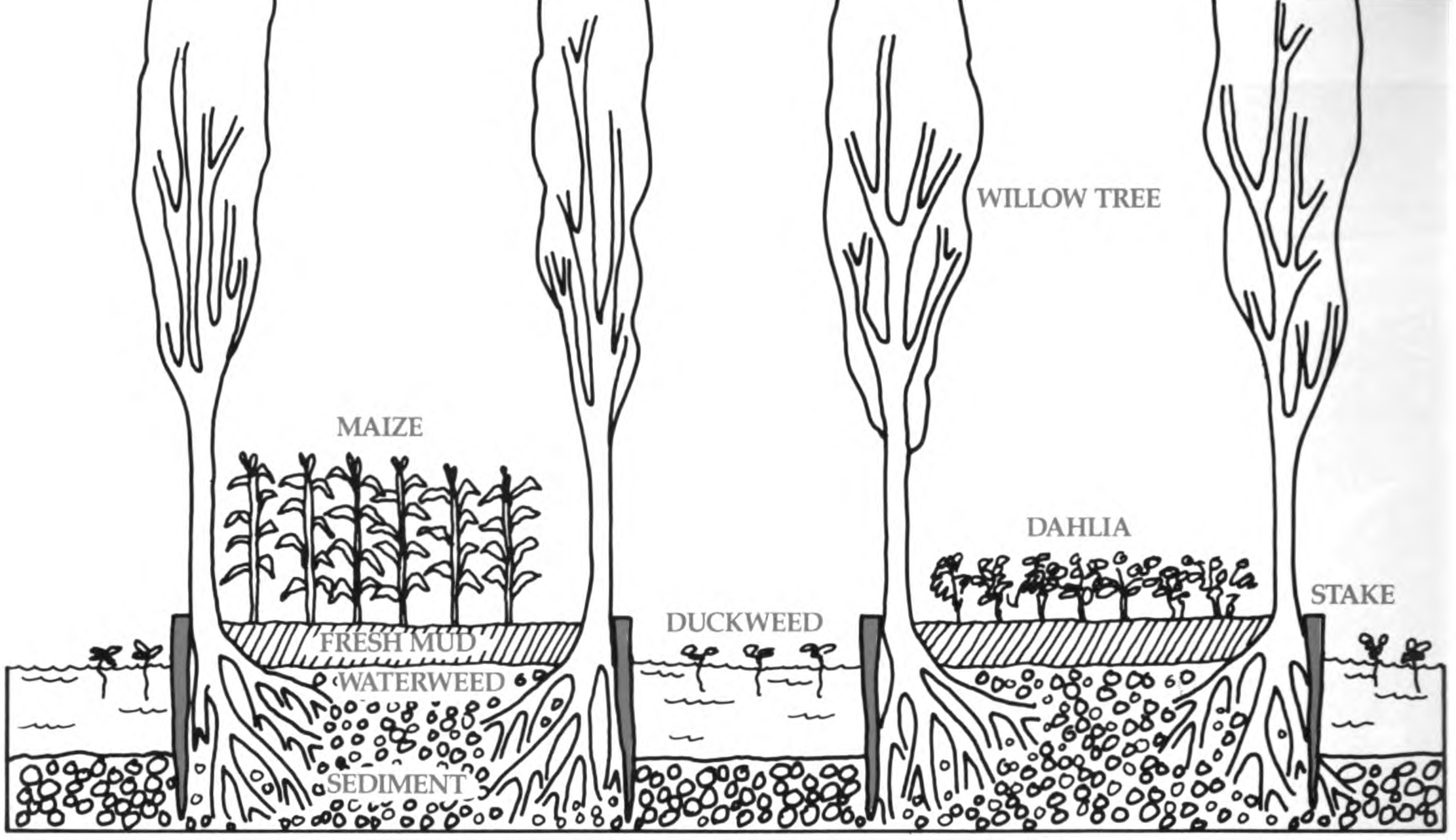
Mac Chapin, “The Seduction of Models: Chinampa Agriculture in Mexico,” Grassroots Development 12, no. 1 (1988)


Costa-Pierce, Barry. (2022). The Anthropology of Aquaculture. Frontiers in Sustainable Food Systems. 6. 843743. 10.3389/fsufs.2022.843743.



Aztec agroecosystems

From
tenochtitlan to
mexico city


Tenochtitlan the prophesied aztec home


it's a
water
trap!




Tenochtitlan and Lake Texcoco Mural, Aztec (Mexica) Gallery, INAH, National Museum of Anthropology, Mexico City


First European Map of Tenochtitlan, 1524


First European Map of Tenochtitlan, 1524

the dike of
Nezahualcoyotl








Spatial Technology transfer
The green revolution



David M. Jones, “The Green Revolution in Latin America: Success or Failure?,” Conference of Latin Americanist Geographers Publication Series 6 (1977), 58.
immutable
mobiles


Drawing of Robert Boyle’s Air Pump, 1661


Joseph Wright, An Experiment on a Bird in the Air Pump (1768)


urban desertification & endangered ecosystems
temporal technology transfer
The i.n.i.r.e.b. chinampas


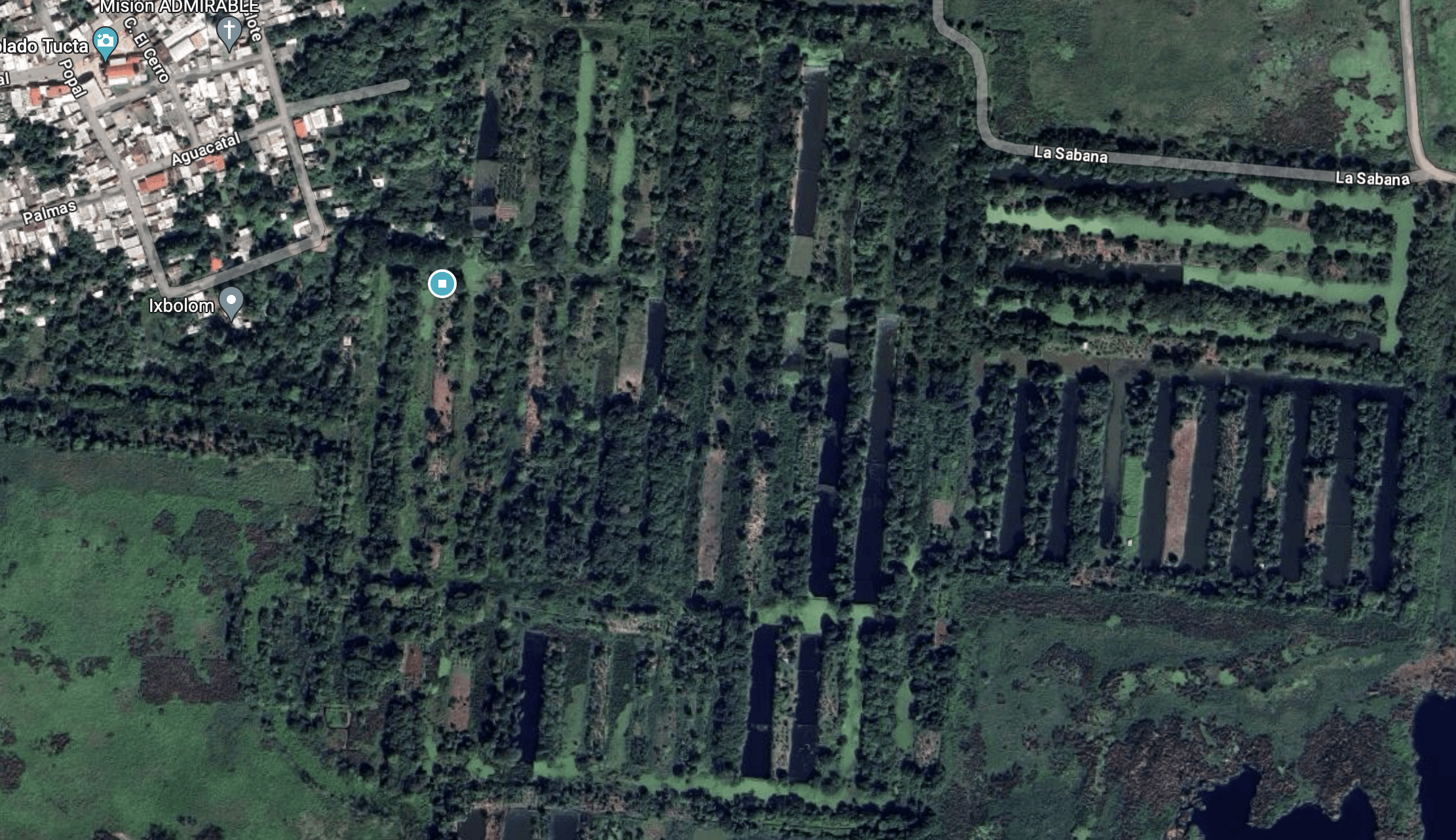

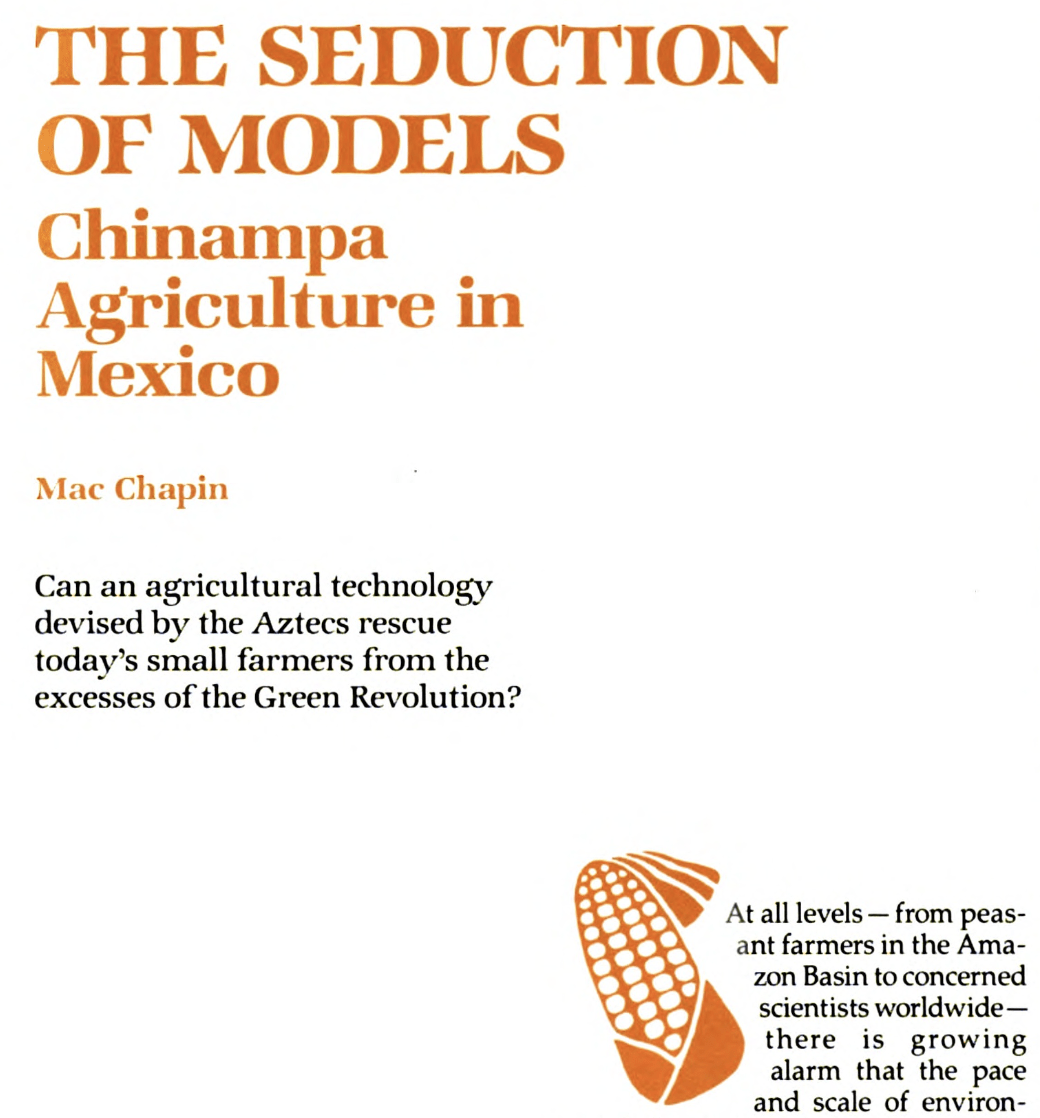
Mac Chapin, “The Seduction of Models: Chinampa Agriculture in Mexico,”
Grassroots Development 12, no. 1 (1988): 8–17.


Nowhere . . . has the transfer of chinampa technology from the Valley of Mexico to the humid lowlands been successful. What, then, is to be concluded from this experience? And what can be said about the future of chinampa agriculture as an agroecological model appropriate for poor farmers in Latin America?

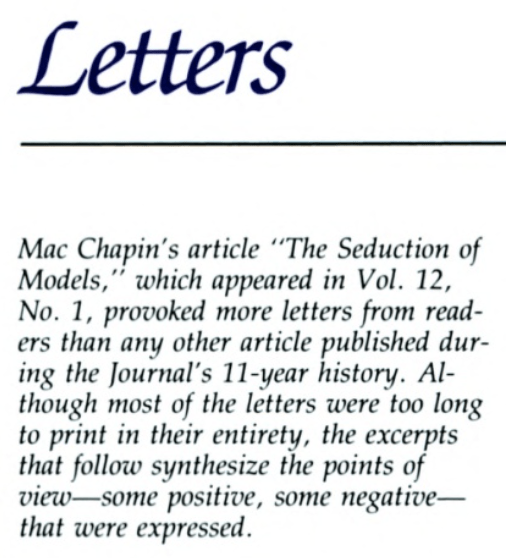
The question asked -- 'Can an agricultural technology devised by the Aztecs rescue today's small farmers from the excesses of the Green Revolution?' -- might more accurately have read, 'Can agronomy protect village people against the romantic ideology of the agroecologists?'
-- Vernon W. Ruttan
. . . it seems to me that it is the appropriateness of the specific model of wetland agriculture actually purveyed from highlands to lowlands that should be questioned rather than the wisdom of reintroducing traditional systems per se. // The whole prospect of the reactivation of ancient systems is, indeed, more than a little romantic, but it is not to be dismissed out of hand. . . . The environmental, social, and economic problems arising from the most seductive and pervasive model of all -- that of commercial, mechanized agriculture -- demand that attempts at reactivations should be continued.
-- Alfred H. Siemans
. . . the critical point is that these issues [poor socioeconomic planning by project economists] were the sources of failure, not the technology.// Chapin should extend his analysis elsewhere. Recently, more than 500 families have begun to resurrect relic raised fields on the seasonally inundated peripheries of Lake Titicaca in Peru, apparently with considerable success
-- B.L. Turner, II
Editor's Note: The IAF recently awarded a grant to . . . U. Católica Boliviana to conduct research on the reintroduction of raised field agriculture in communities near the Bolivian shores of Lake Titicaca

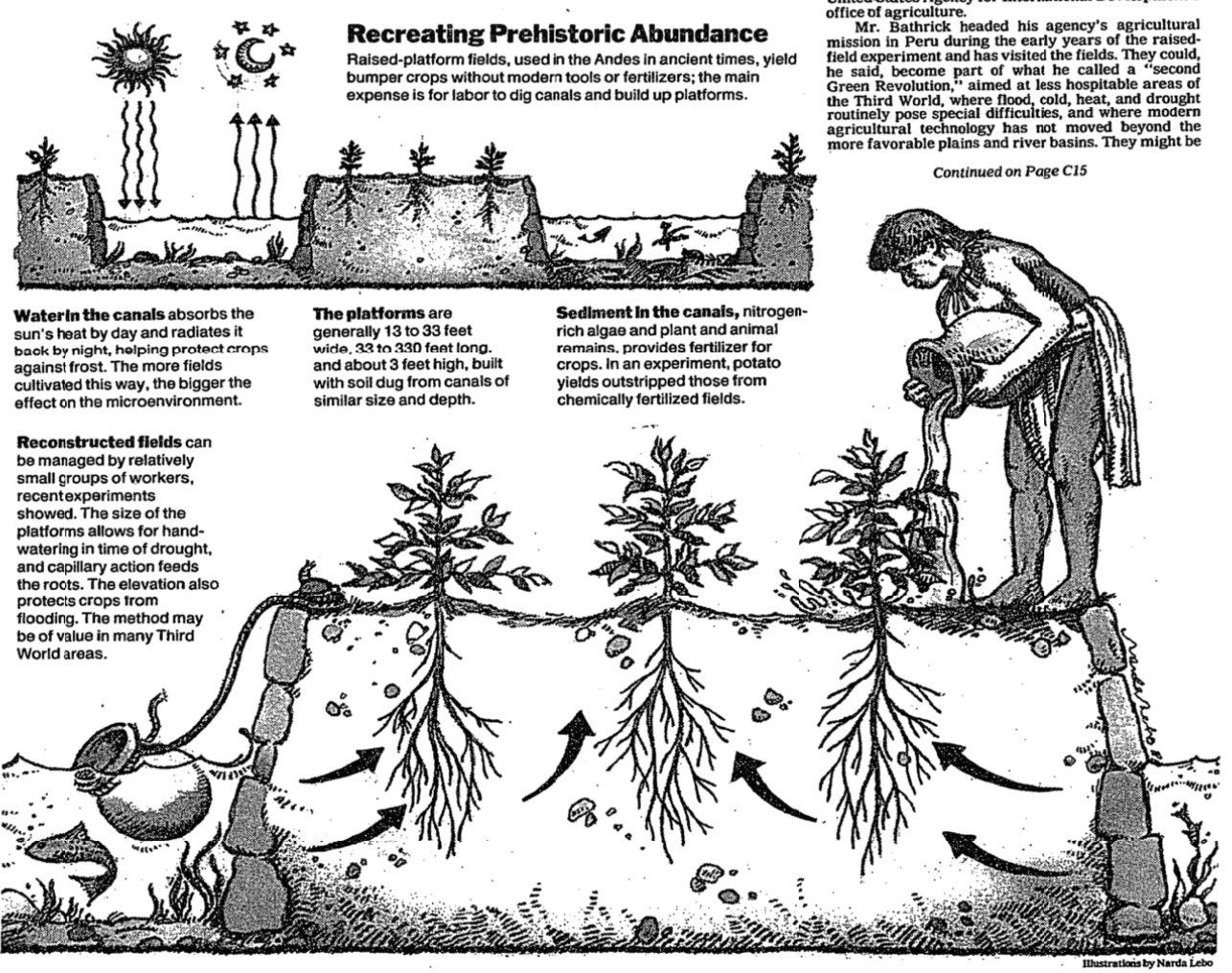
William K. Stevens, “Scientists Revive a Lost Secret of Farming,” The New York Times, November 22, 1988,
https://www.nytimes.com/1988/11/22/science/scientists-revive-a-lost-secret-of-farming.html

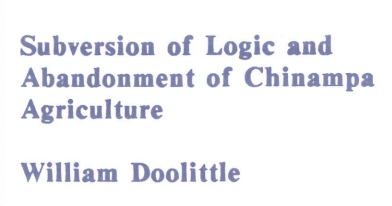
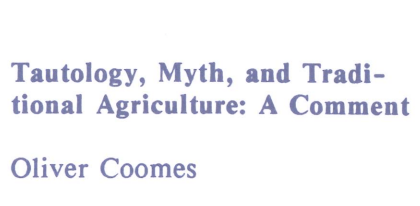

Chapin argues that the fields built by INIREB 'are not really chinampas [because] they lack the intricate layering of organic matter and swamp muck that gives traditional chinampas their fertility, and the porosity for water to filter through the beds at root level.' If these fields are not chinampas, how can their failure be used as evidence that chinampas have no place in ecodevelopment schemes? Clearly, the INIREB fields cannot!
The difficulties encountered by the INIREB project were due more to problematic objectives, a lack of appreciation of local economic and ecological conditions, and a deficient understanding of the nature of chinampa technology -- particularly as it evolved in a strikingly different cultural and ecological context -- than to the employment of a 'moribund' technology.

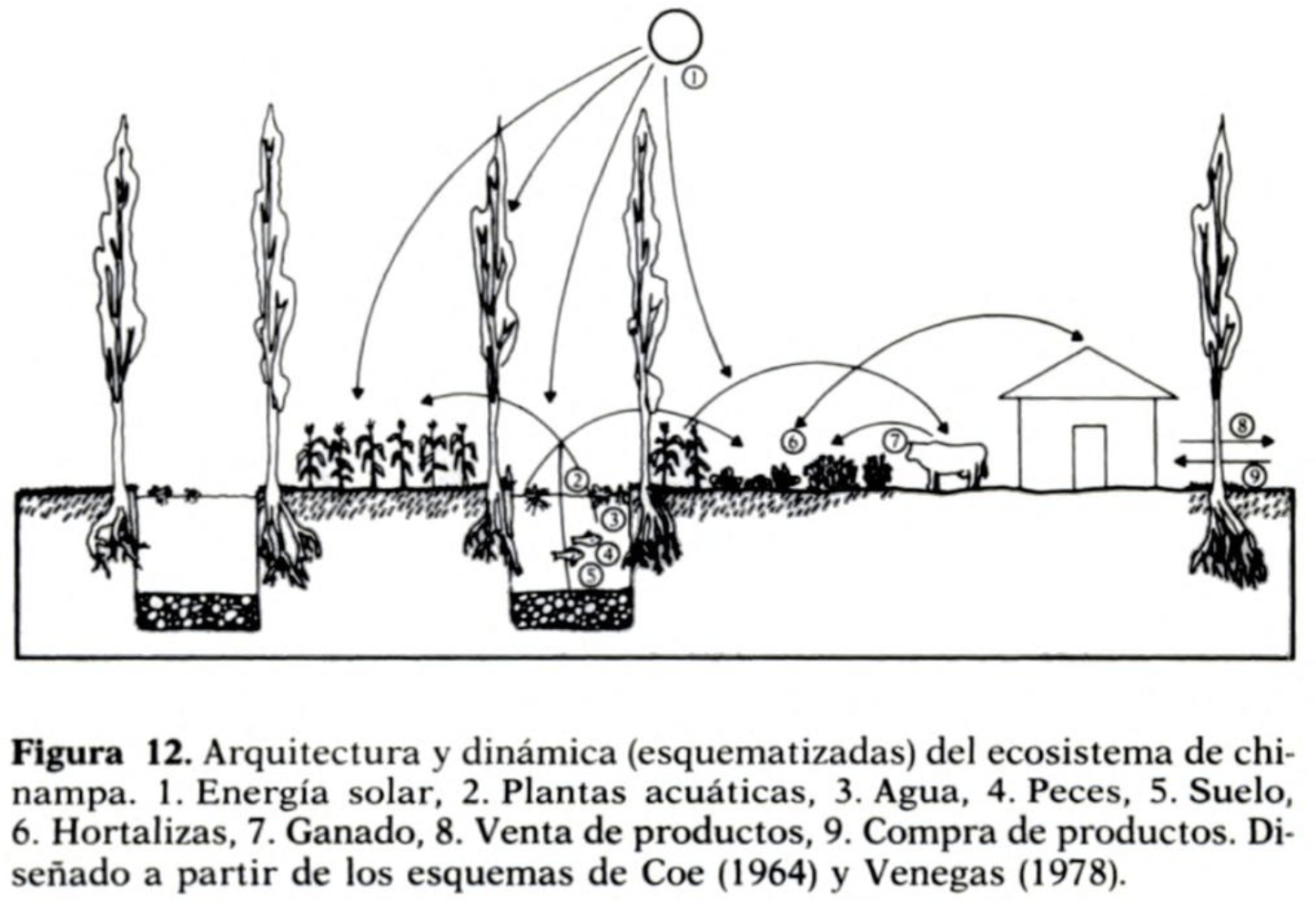

Arturo Gomez-Pompa, INIREB Director
integrated farming system developed by INIREB under Gomez-Pompa

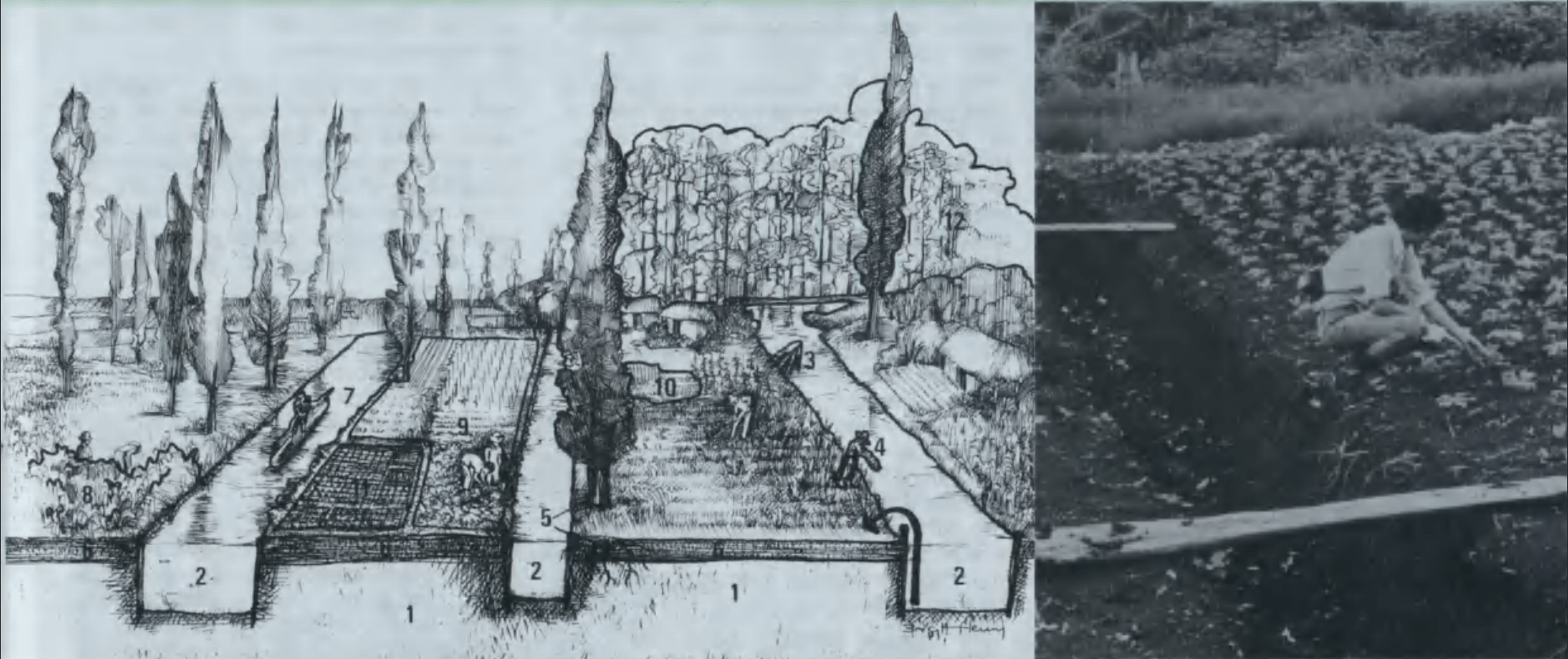
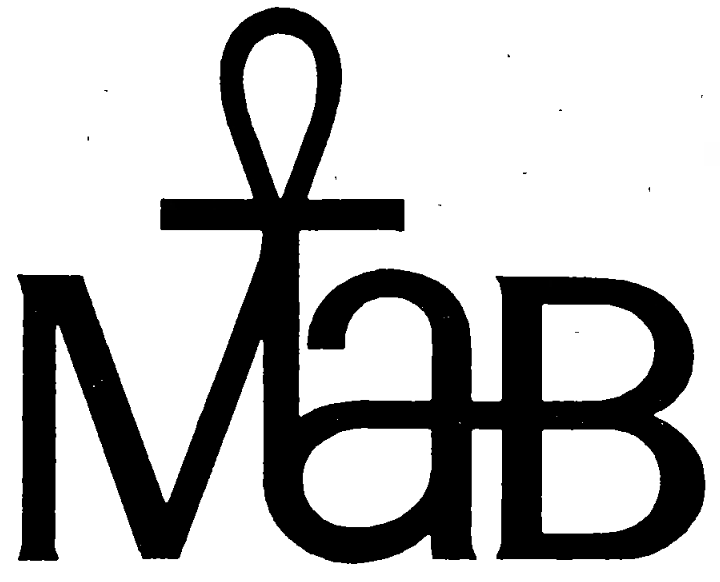

Paul Kelley Vieth
University of Oklahoma
Department of the History of Science, Technology, and Medicine
pvieth@ou.edu
Why are we talking about this?
deck
By Paul Kelley Vieth
deck
- 318



